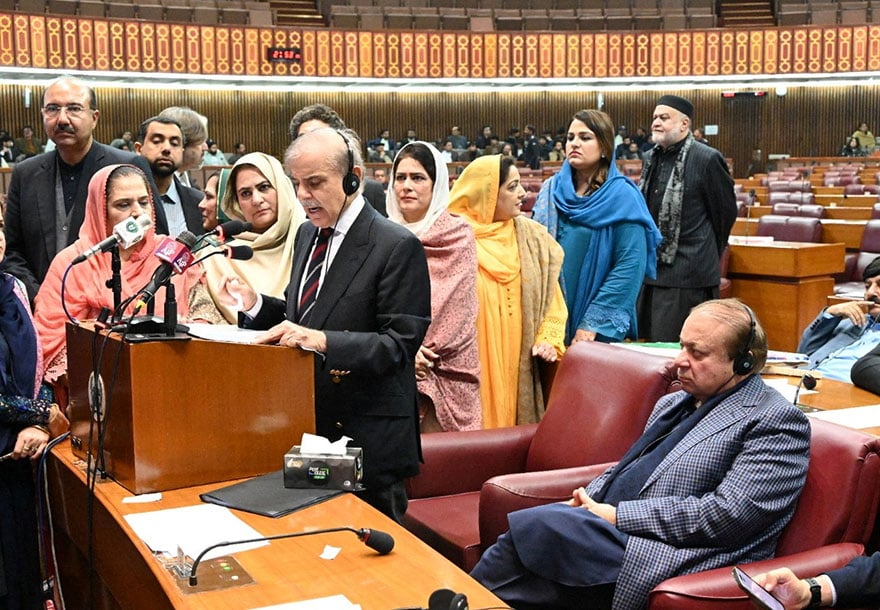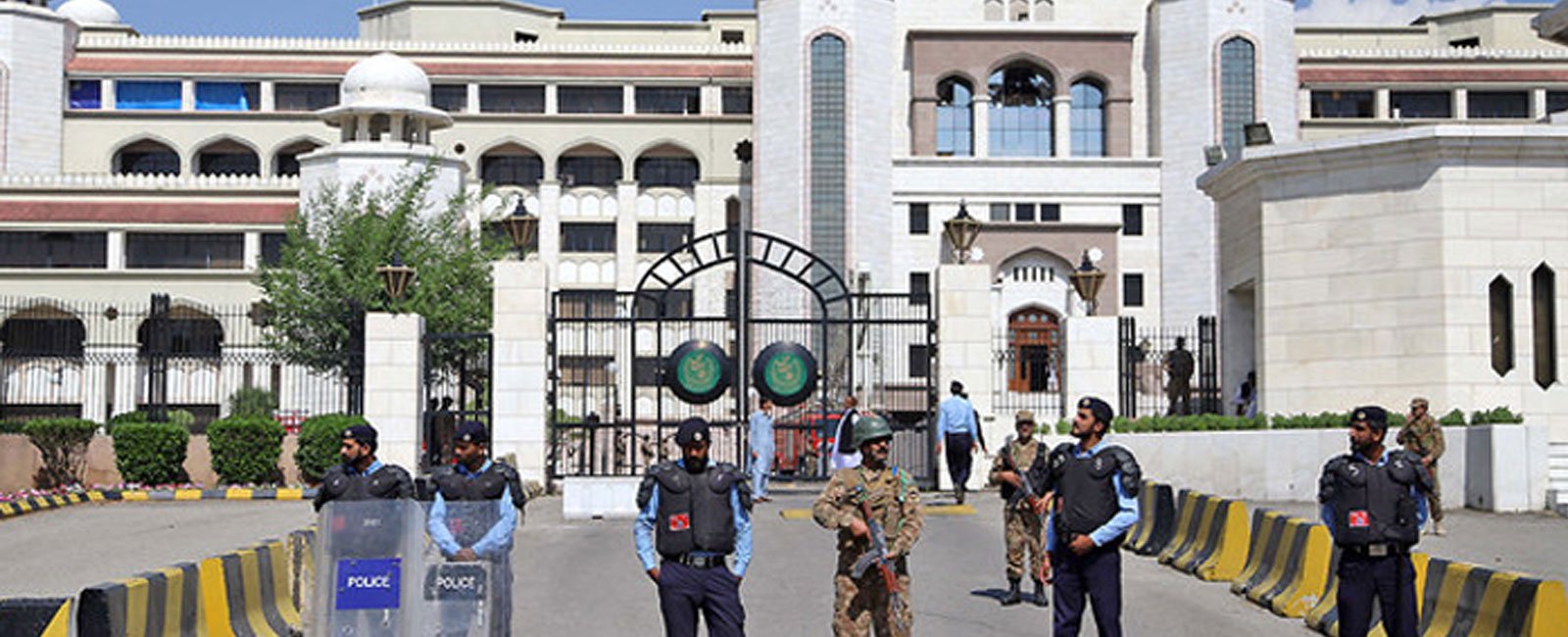A timeline of Pakistan's prime ministers
Shehbaz Sharif is also the only leader to be elected to the top office for the second consecutive time

Shehbaz Sharif became Pakistan's 24th prime minister after the National Assembly elected him for the top post with a thumping majority as the opposition fell short in votes.
Shehbaz is also the only leader to be elected to the top office for the second consecutive time.
While hoping that democracy prospers, we also see that no prime minister in the country's chequered history has completed their tenure.
If each prime minister, since 1947, was allowed to complete their five-year term, Shehbaz would have been Pakistan’s 17th premier. Instead, he is the country’s 24th prime minister.
Geo.tv looks back at the prime minister's tenure.
Liaquat Ali Khan (4 years in office)
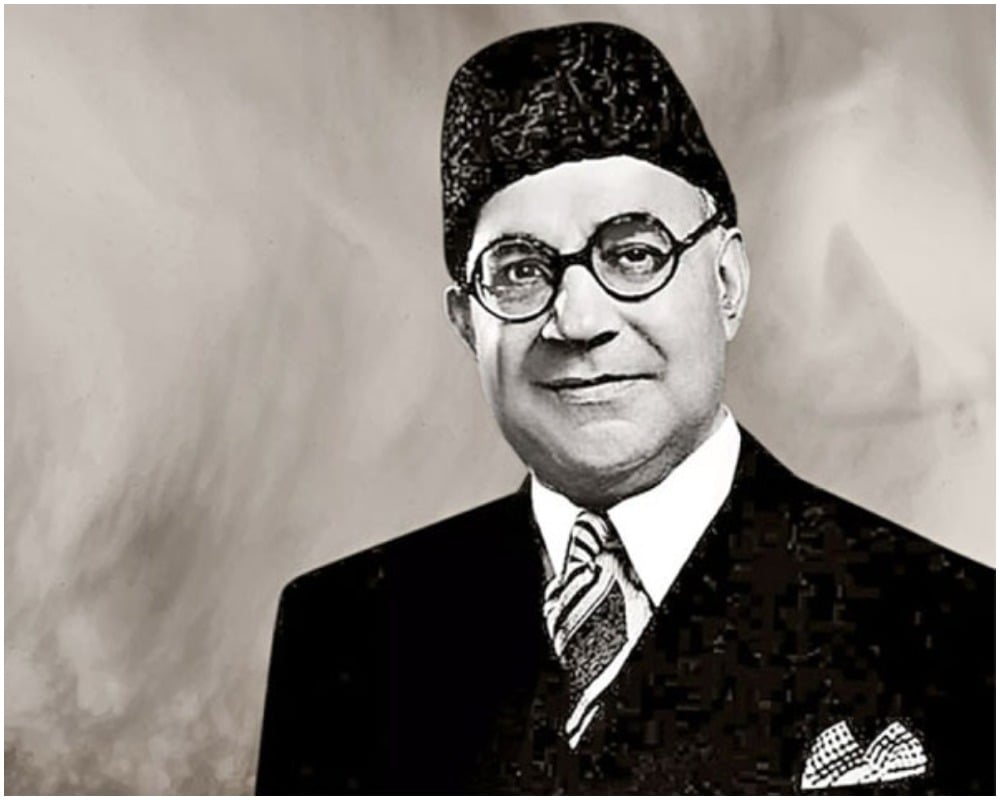
Pakistan's first prime minister Liaquat Ali Khan was elected on August 15, 1947. Barely four years in office before he was assassinated on October 16, 1951, in Rawalpindi.
Khawaja Nazimuddin (Less than 2 years in office)
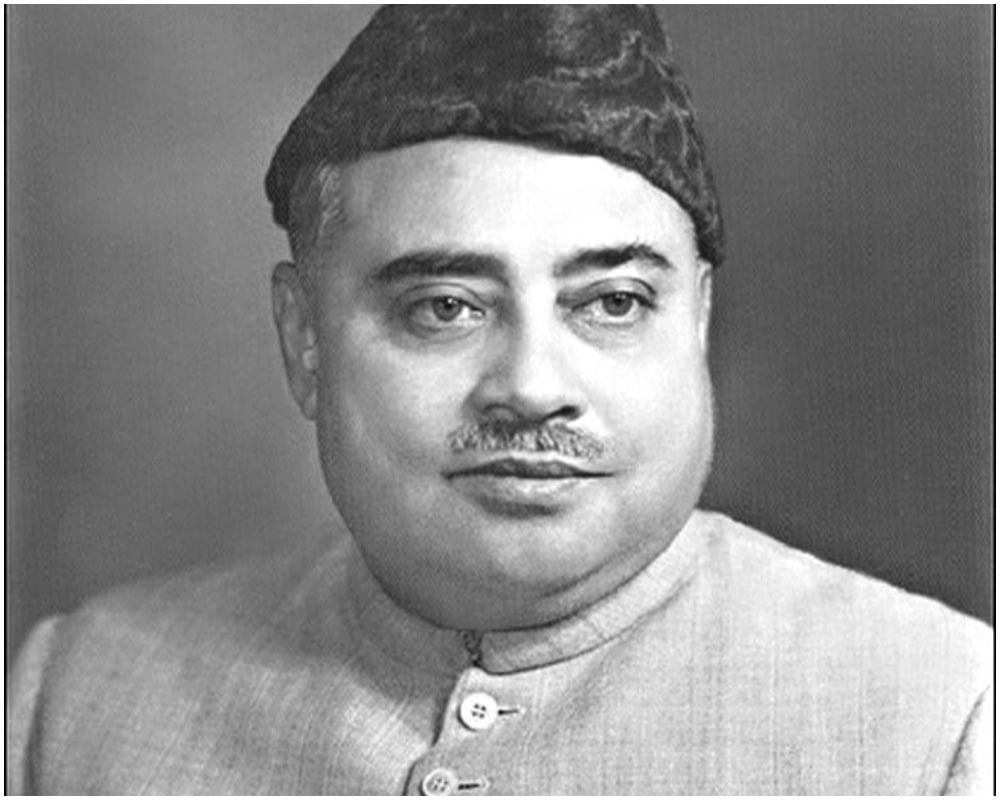
Khawaja Nazimuddin took over on October 17, 1951, a day after Khan was killed. Due to riots by the religious political parties, the then governor-general Ghulam Muhammad had asked Nazimuddin to step down. The latter refused.
Nazimuddin was then removed by the governor-general on April 17, 1953.
Muhammad Ali Bogra (2 years in office)
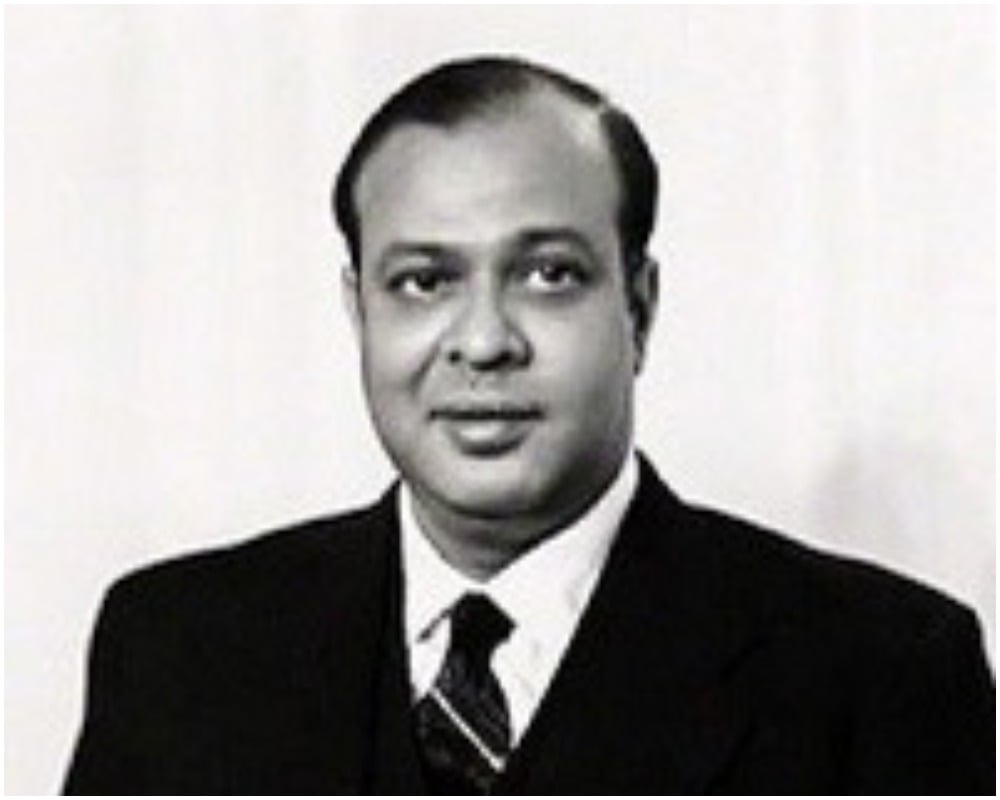
Muhammad Ali Bogra was appointed as the prime minister by the governor-general on April 17, 1953. He was removed by the acting governor-general Iskander Mirza on August 12, 1955, due to conflict on regional issues and a lack of a majority in the assembly.
Chaudhry Muhammad Ali (1 year in office)
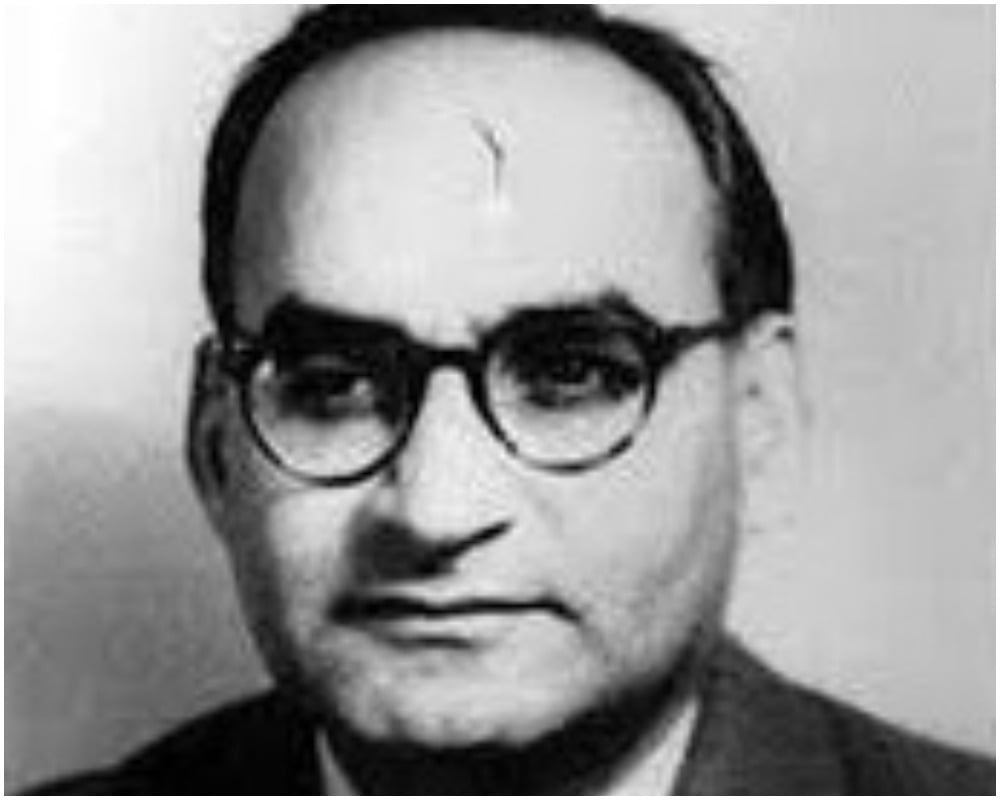
Chaudhry Muhammad Ali was named the 4th prime minister of Pakistan on August 12, 1955, by Mirza. Ali is well-known even today for pioneering the Constitution of 1956.
On September 12, 1956, Ali resigned from office.
Hussain Shaheed Suhrawardy (1 year in office)
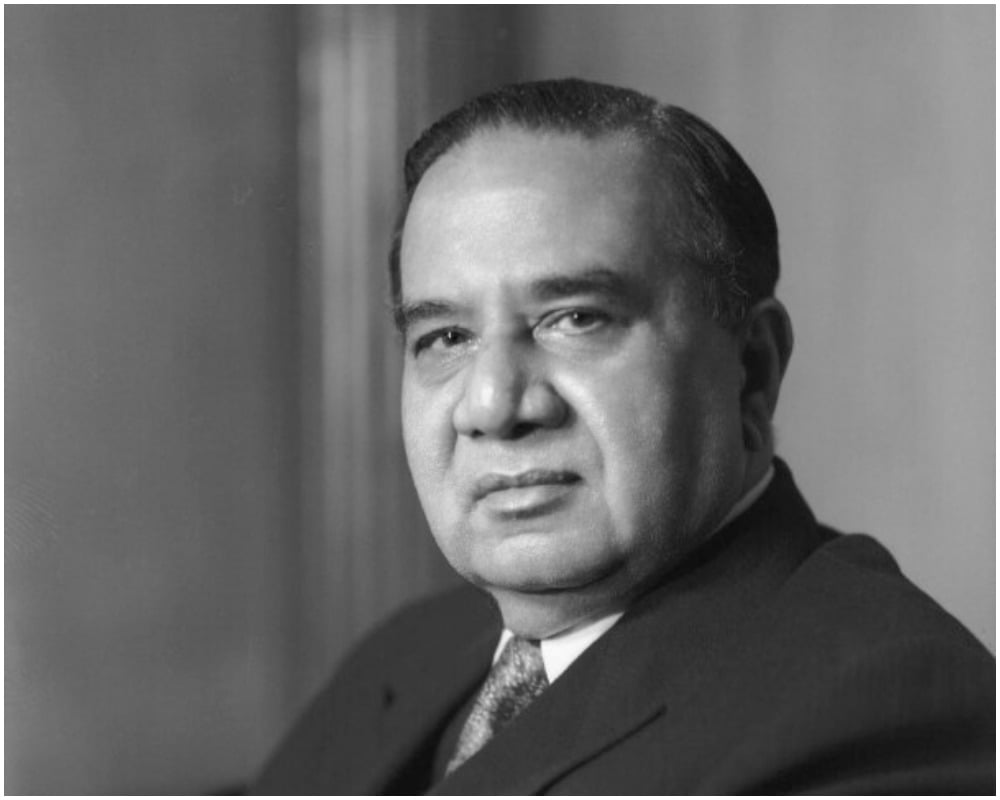
The progressive Hussain Shaheed Suhrawardy took over the prime minister's office on September 12, 1956, when his party, the Awami League, won the 1954 election for the constituent assembly. But he was forced to step down on October 17, 1957, due to differences with Iskander Mirza.
Ibrahim Ismail Chundrigar (2 months in office)
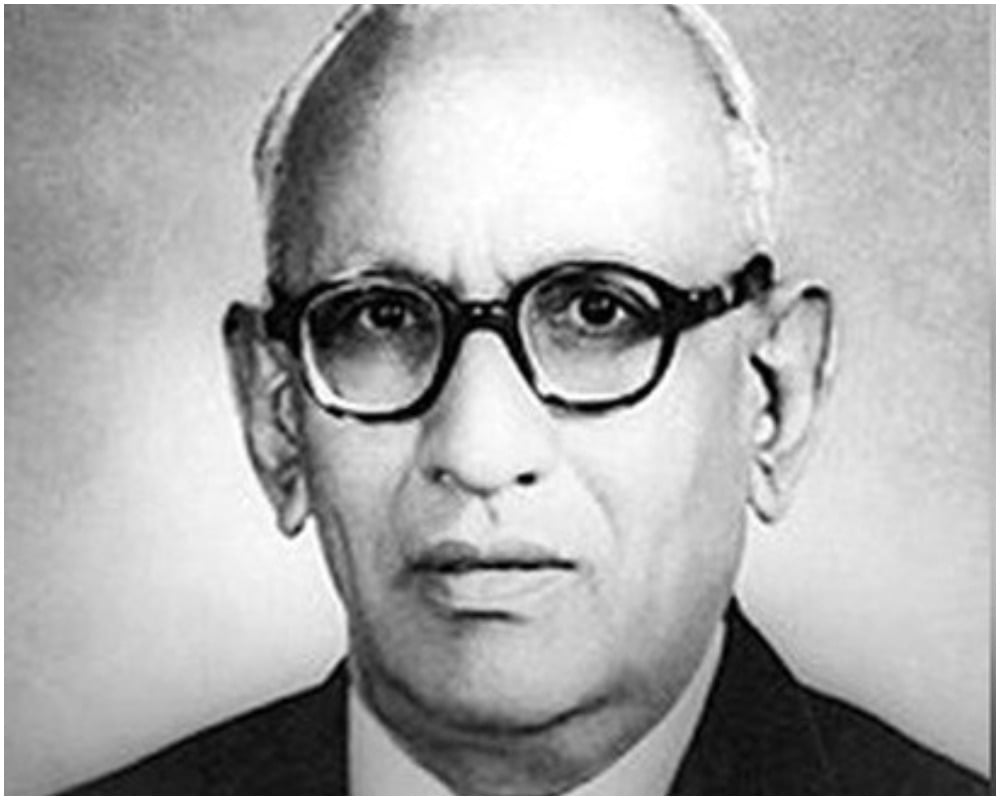
Ibrahim Ismail Chundrigar was appointed as the 6th prime minister on October 17, 1957. His reign lasted for only two months.
Feroz Khan Noon (Less than one year in office)
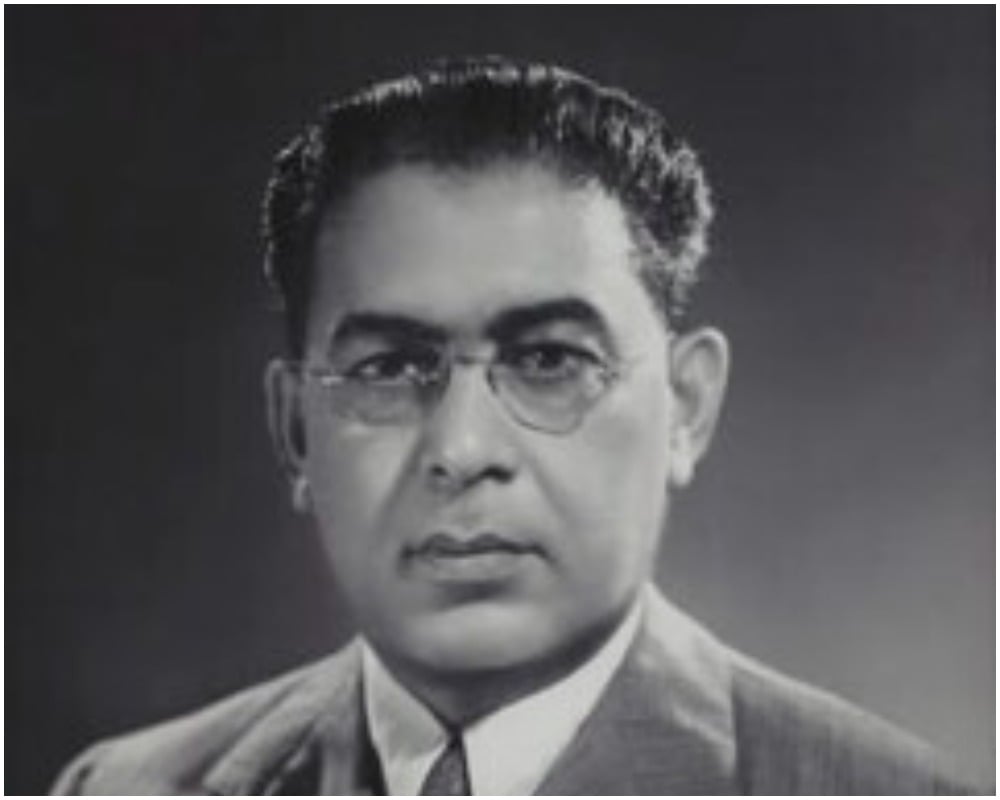
Feroz Khan Noon was elevated to the office of the prime minister of Pakistan on December 17, 1957, by Iskander Mirza. Noon was dismissed from his position on October 7, 1958, when General Ayub Khan implemented martial law.
Nurul Amin (13 days in office)
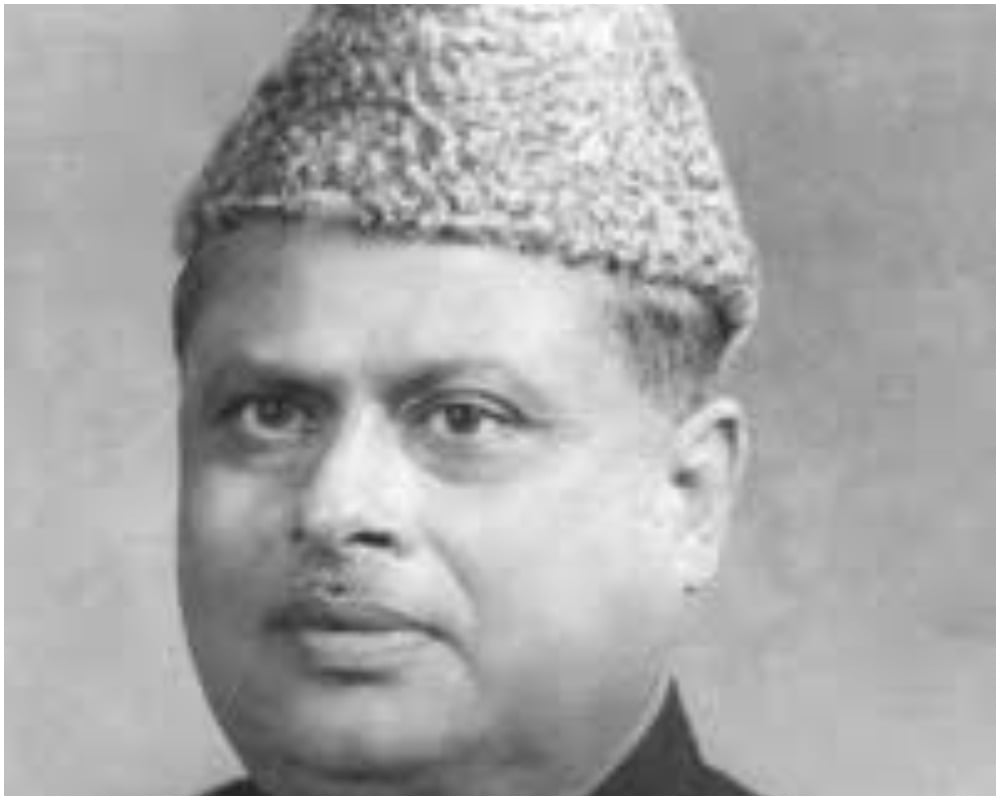
After 13 years of martial law, Nurul Amin was made a prime minister under dictator Yahya Khan's administration. Within 13 days of being in office, on December 20, 1971, Amin was sent packing.
Zulfiqar Ali Bhutto
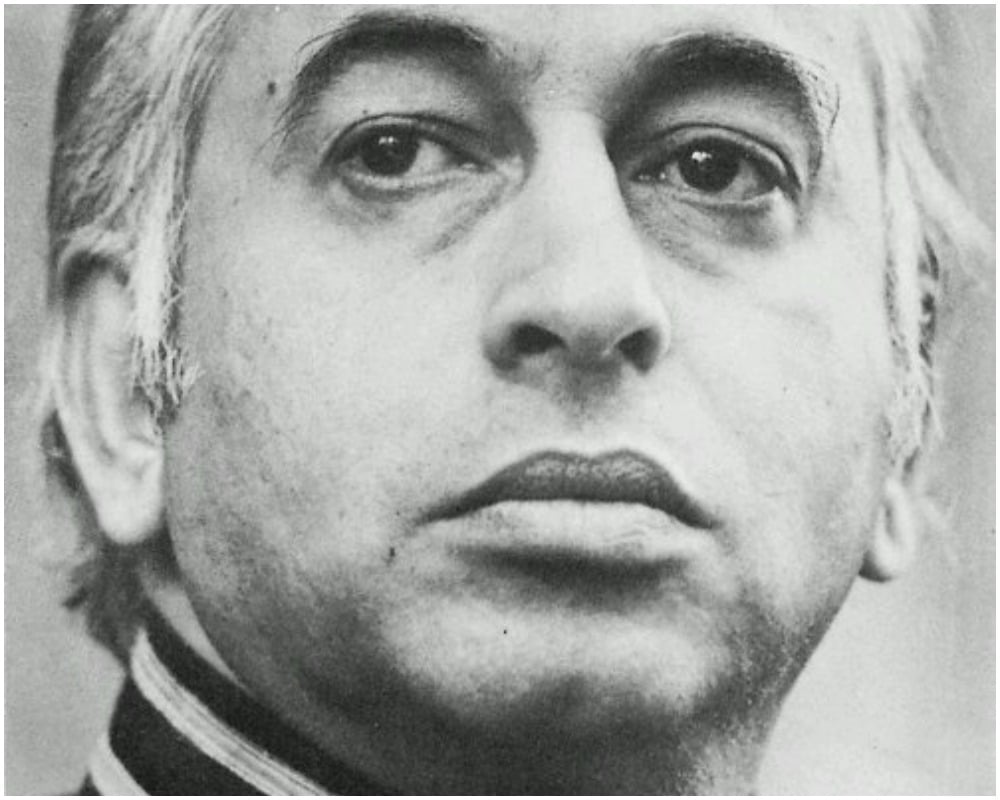
Zulfiqar Ali Bhutto became the prime minister on August 14, 1973. He contested the general election again in 1977 and won, but was imprisoned by military dictator General Muhammad Zia ul Haq.
Bhutto was hanged in 1979.
Muhammad Khan Junejo (3 years in office)
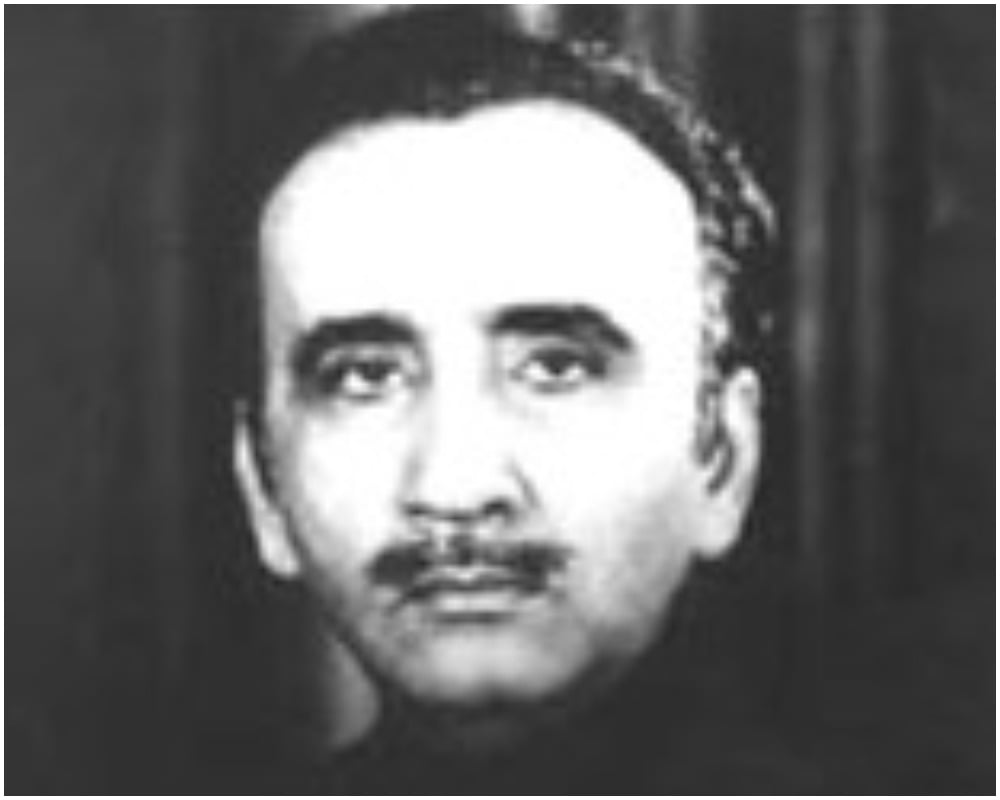
Muhammad Khan Junejo was elected the prime minister on March 23, 1985, under a regime of military dictatorship. However, Junejo’s government was dismissed on May 29, 1988.
Benazir Bhutto (2 years in office)
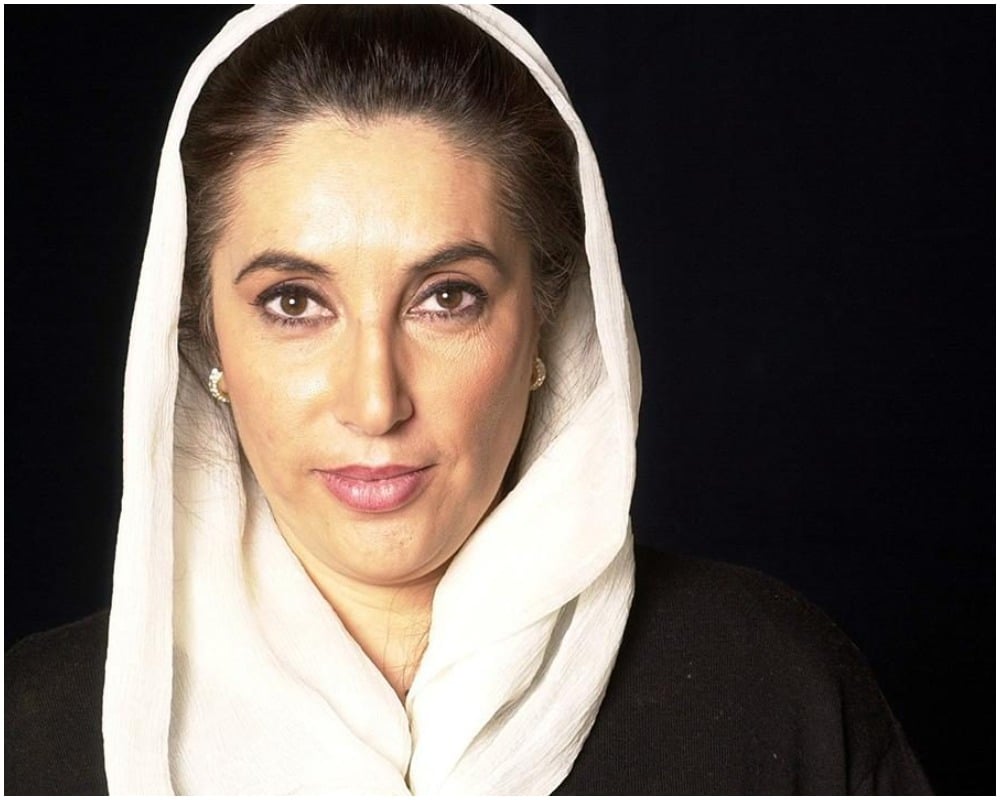
Benazir Bhutto was elected as the first female prime minister of Pakistan in 1988 and after years of military rule in Pakistan by General Zia-ul-Haq.
Her party survived impeachment in 1989. However, her government could not retain power and was sent packing by President Ghulam Ishaq Khan on August 6, 1990.
Nawaz Sharif (Less than 3 years in office)
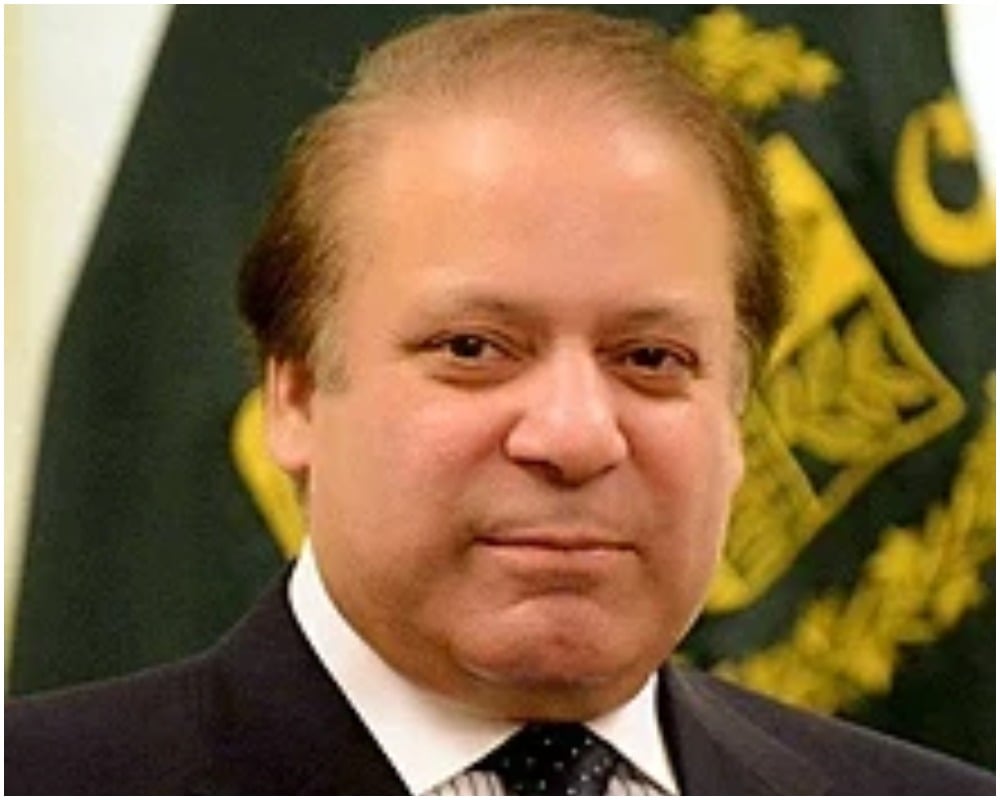
Nawaz Sharif became the prime minister for the first time in 1990, but President Ghulam Ishaq Khan again dismissed an elected government in 1993.
Later the Supreme Court restored Sharif’s government, however, the then-chief of the army Waheed Kakar forced Nawaz Sharif and Ghulam Ishaq Khan to resign on July 18, 1993.
Benazir Bhutto (3 years in office)
Benazir Bhutto became the prime minister in 1993 again but could not complete her tenure, as President Farooq Leghari dismissed her government in November 1996.
Nawaz Sharif (2 years in office)
Nawaz Sharif rose to the position of prime minister again after the 1997 election but like his predecessor could finish his five-year term.
On October 12, 1999, General Pervez Musharraf imposed an emergency in the country and removed Nawaz Sharif from power.
Mir Zafarullah Khan Jamali (19 months in office)
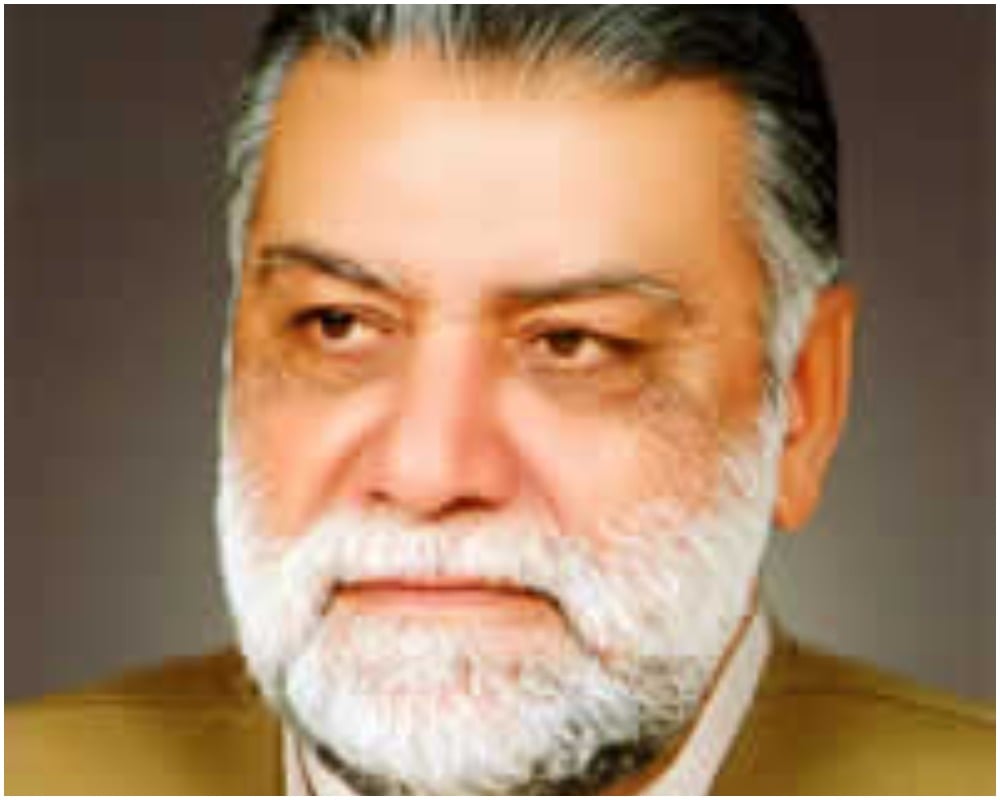
Zafarullah Khan Jamali was the first prime minister under dictator Pervez Musharraf. But he only served for 19 months before he was dismissed by Musharraf.
Chaudhry Shujaat (2 months in office)
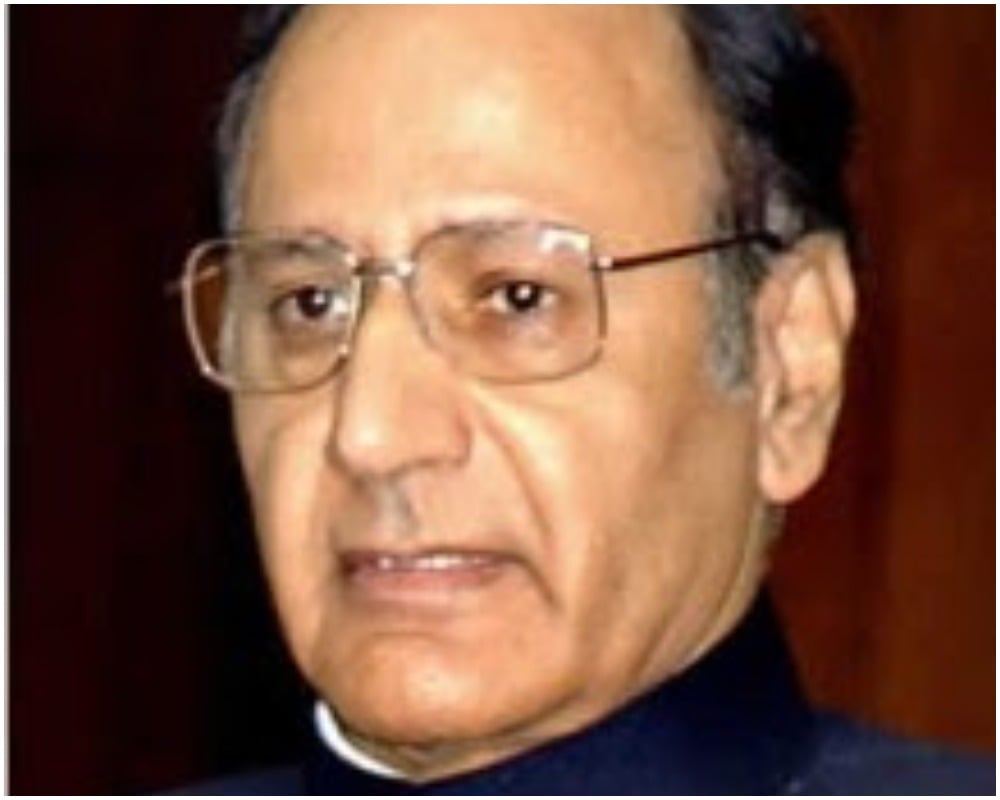
Chaudhry Shujaat became the prime minister on June 30, 2004, through an election in the parliament. Shujaat only served till Shaukat Aziz could be elected as prime minister.
Shaukat Aziz (3 years in office)
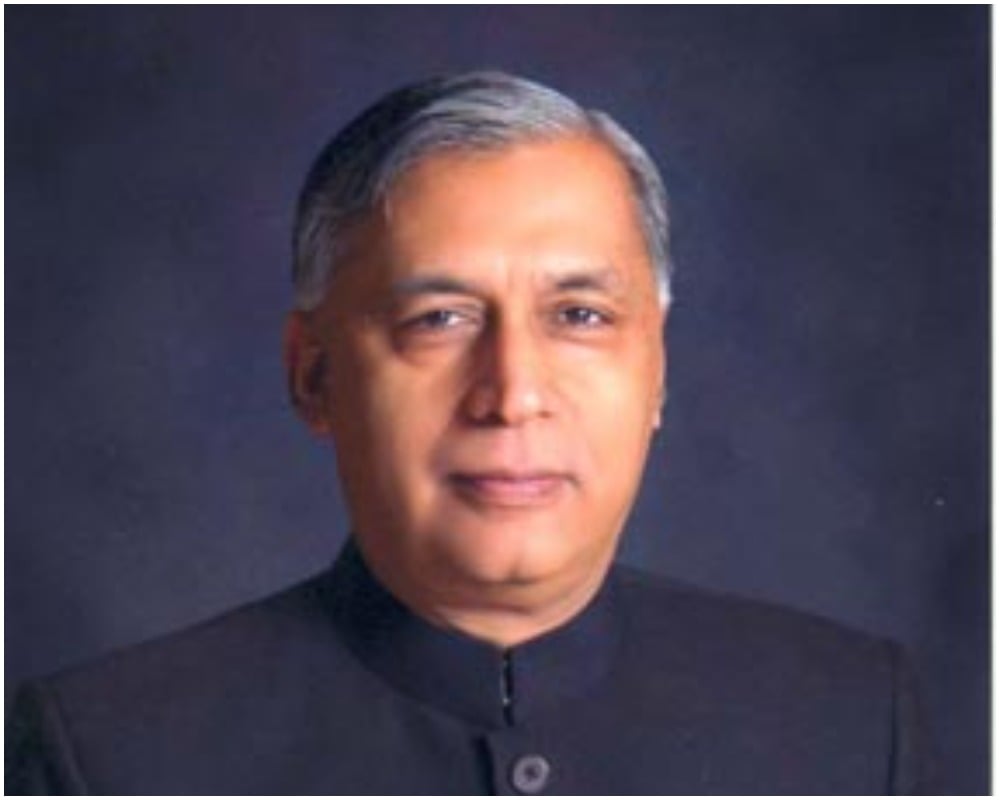
Shaukat Aziz was appointed prime minister on August 28, 2004. He left office on November 15, 2007, after completing his parliament term.
Yousuf Raza Gillani (4 years in office)
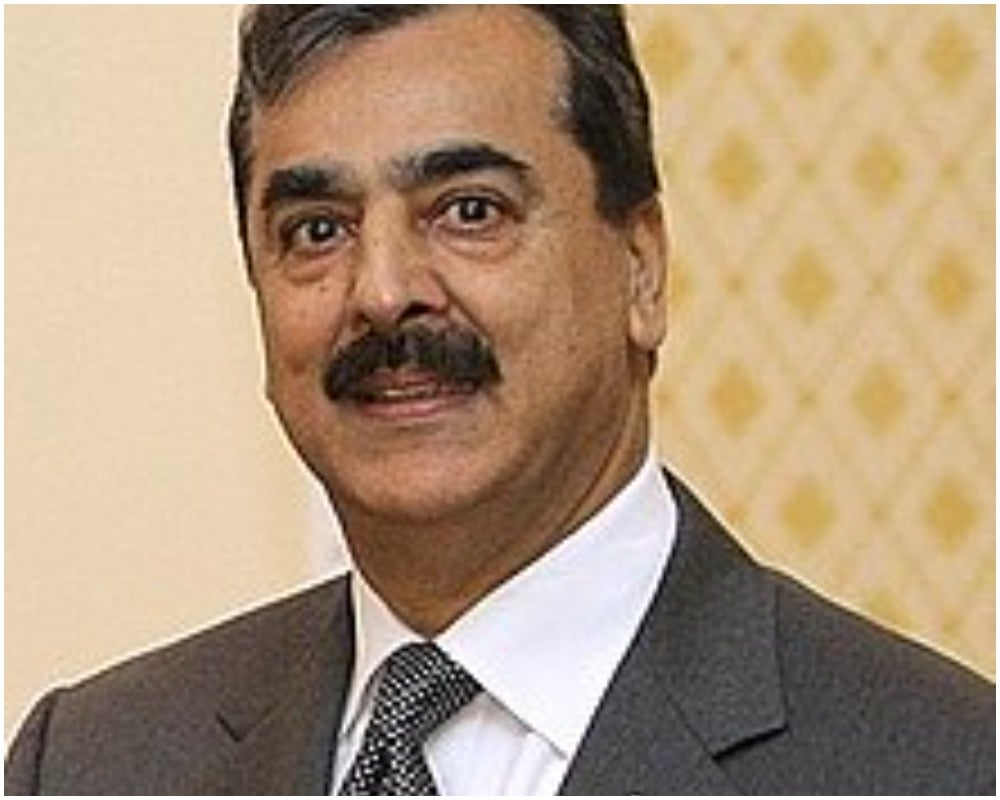
Yusuf Raza Gilani became the 18th prime minister after the general election in 2008 in which his party, the Pakistan People’s Party (PPP), secured a majority of the seats in the national assembly.
He was ousted from power in 2012 when he was convicted in a contempt case by the Supreme Court.
Raja Pervaiz Ashraf (less than 1 year in office)
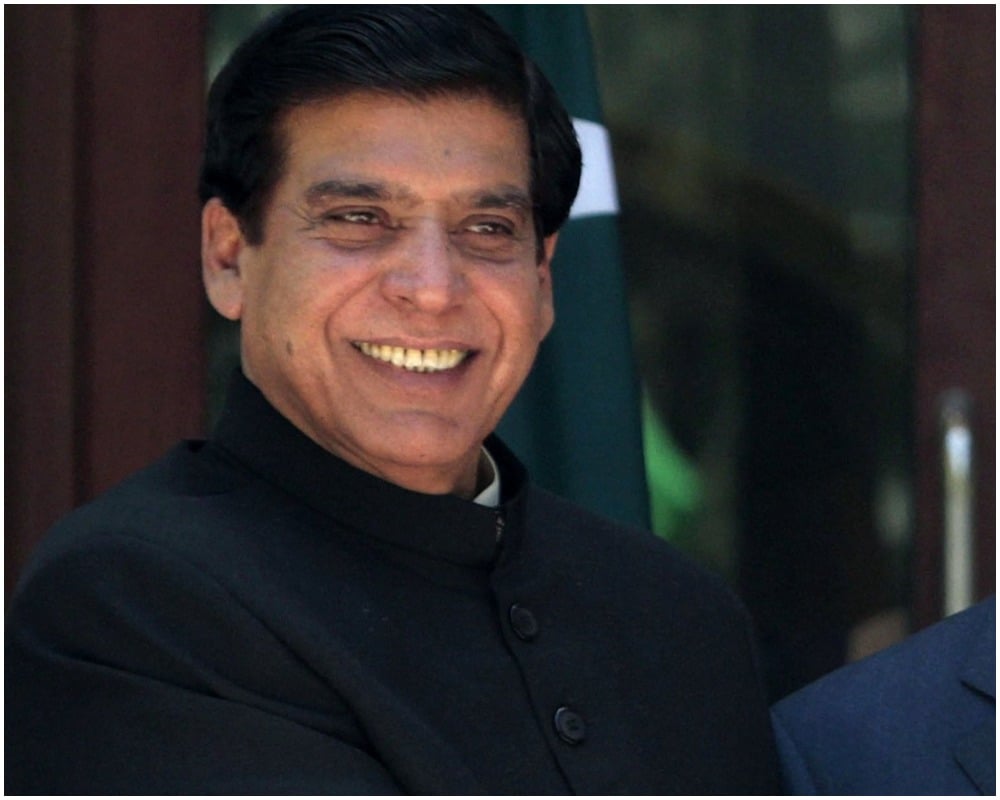
Raja Pervaiz Ashraf took over from Gillani as prime minister to complete the remaining term of the PPP government. He held the office from June 22, 2012, to March 24, 2013.
Nawaz Sharif (Over 4 years in office)
Nawaz Sharif was back for a third time as prime minister in June 2013. He has to date completed the longest term in office compared to all previous prime ministers in Pakistan.
He remained in power for four years and 53 days before being impeached by the Supreme Court on July 28, 2017.
Shahid Khaqan Abbasi (less than one year in office)
Shahid Khaqan Abbasi was elevated as the 21st prime minister after Nawaz Sharif was removed from office. He took hold of the office in August 2017.
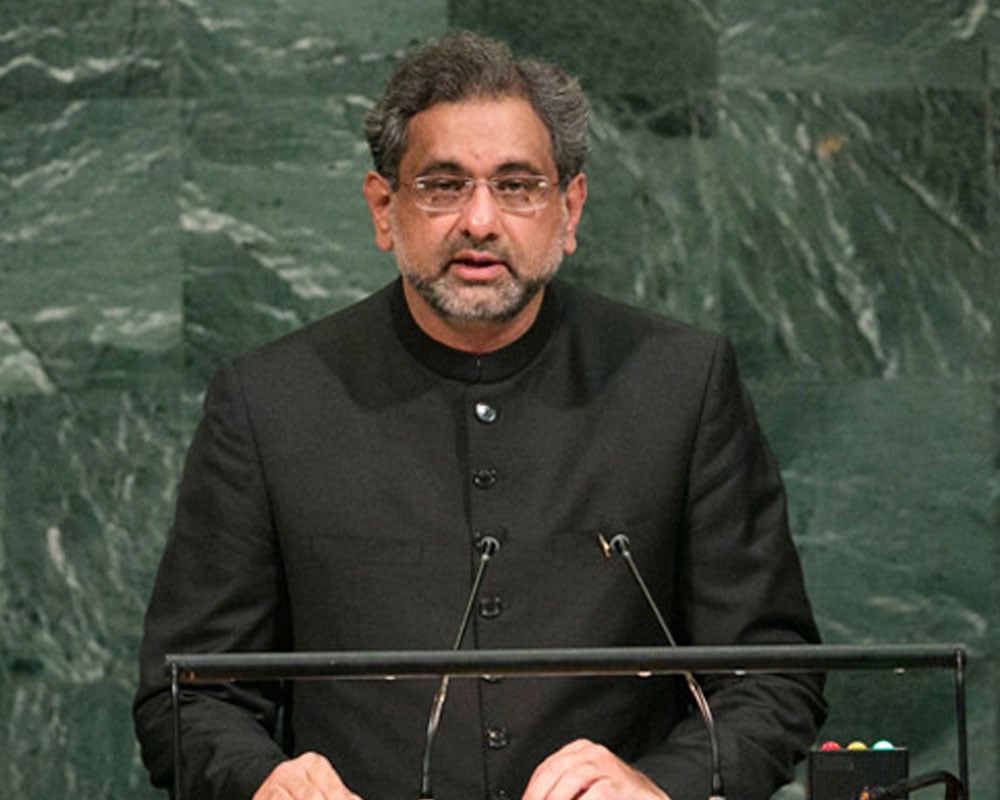
However, his term expired on May 31, 2018, as the national assembly was dissolved to hold fresh polls.
Imran Khan (Aug 18, 2018-April 10, 2022)
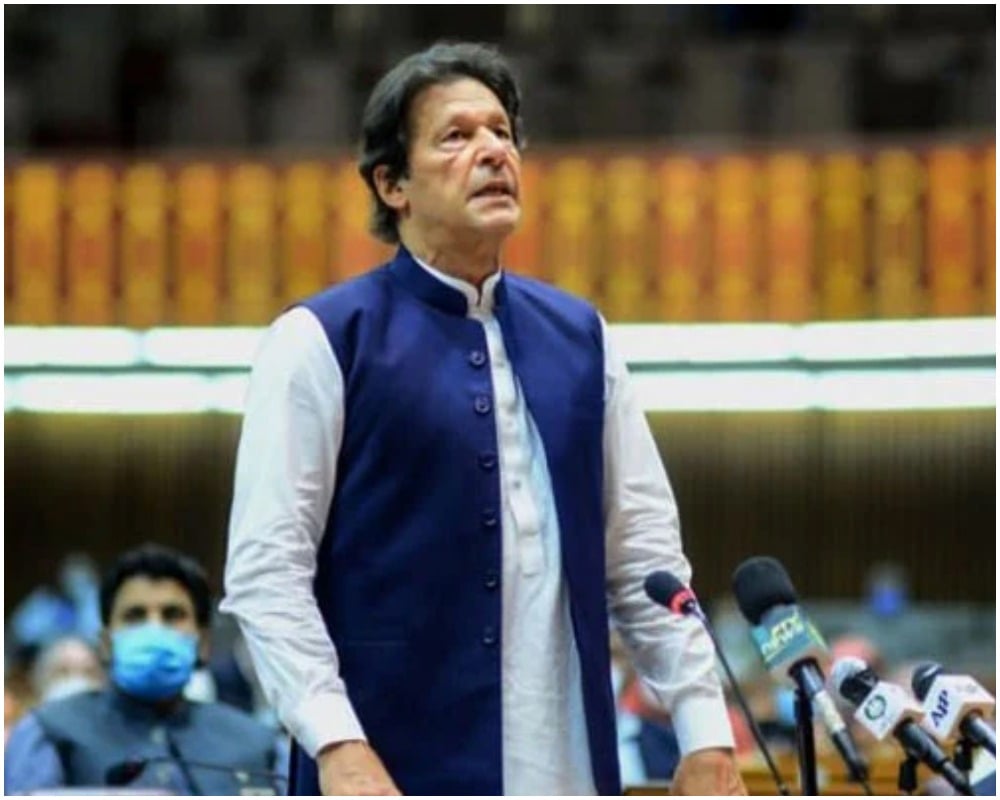
Imran Khan was elected as the prime minister on August 18, 2018, and his term ended on April 10, 2022, becoming the first premier to be voted out of power.
Shehbaz Sharif (April 2022-August 2023)
Shehbaz Sharif was elected as Pakistan's 23rd premier after Khan was voted out of power via a no-confidence motion in 2022.
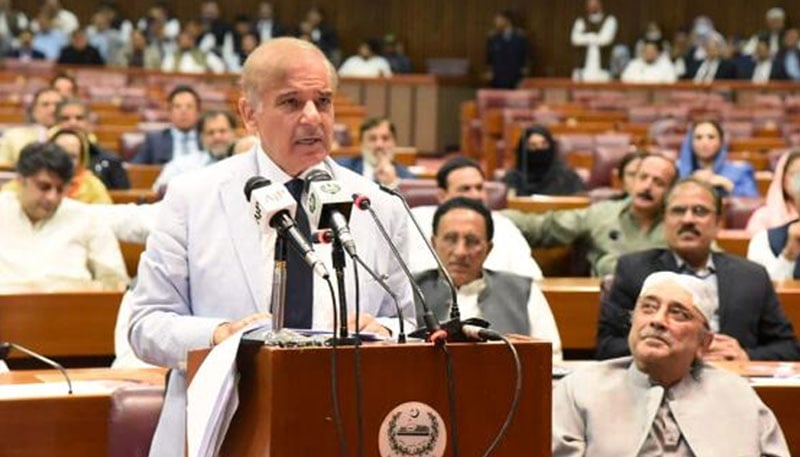
He remained the prime minister from April 11, 2022, to August 2023, and handed the reins of the government to a caretaker setup.
Shehbaz Sharif (March 3, 2024-Present)
Shehbaz reclaimed the premiership on March 3, 2024, for the second time, becoming the only premier to be consecutively elected to the top post.
